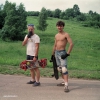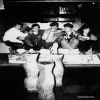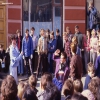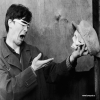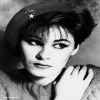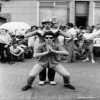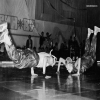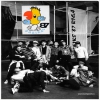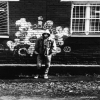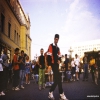
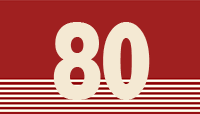
Breakers
|
In the early 80-s the aftersounds of hip-hop movement reached the soviet youth and found its manifestation in form of the “breakers” movement (by the arbitrary domestic definition of dancing style). Being initially a lifestyle that combined skateboarding with disco dancing, this style was represented by not numerous fashionable student circles and “gilded youth” from the South-West of Moscow. But already by the mid 80-s after opening of the youth cafes and release of the movie “Dances on the Roof”, breakers were introduced particularly as dancing culture with their own exterior experiments. The most famous hangouts of skaters were Krylatskoye and Gagarin Square, and real breakers hung out in iconic place for Moscow disco scene “Moloko” (Milk) (café by the Fountain in the Olympic Village) and in the Gorky Park. The second wave of breakdance started after formalization of the first and was actually a street subculture, that was performing at a time at the dance festivals and on the streets, finding certain local specific features in appearance and dancing. The third wave of break was generated by the rising generation of spivs and hucksters around 88-89, during the period of confrontation between radicals and “lyuberas” (bullies from suburban town Lyubertsy of Moscow). The Old Arbat and “Moloko”, that were the spivvery mecca for the representatives of many styles and movements became home of the closest to its western original manifestation of hip-hop style with all its attributes: “Americanized” style clothing, rap, spivvery and “breakdance”. Later representatives of this movement joined the ranks of skaters, ravers and orthodox hip-hoppers, some of them made a footing on the club dance scene of the 90-s and now have their own dancing schools.
 go back to "Street Styles" go back to "Street Styles" |

